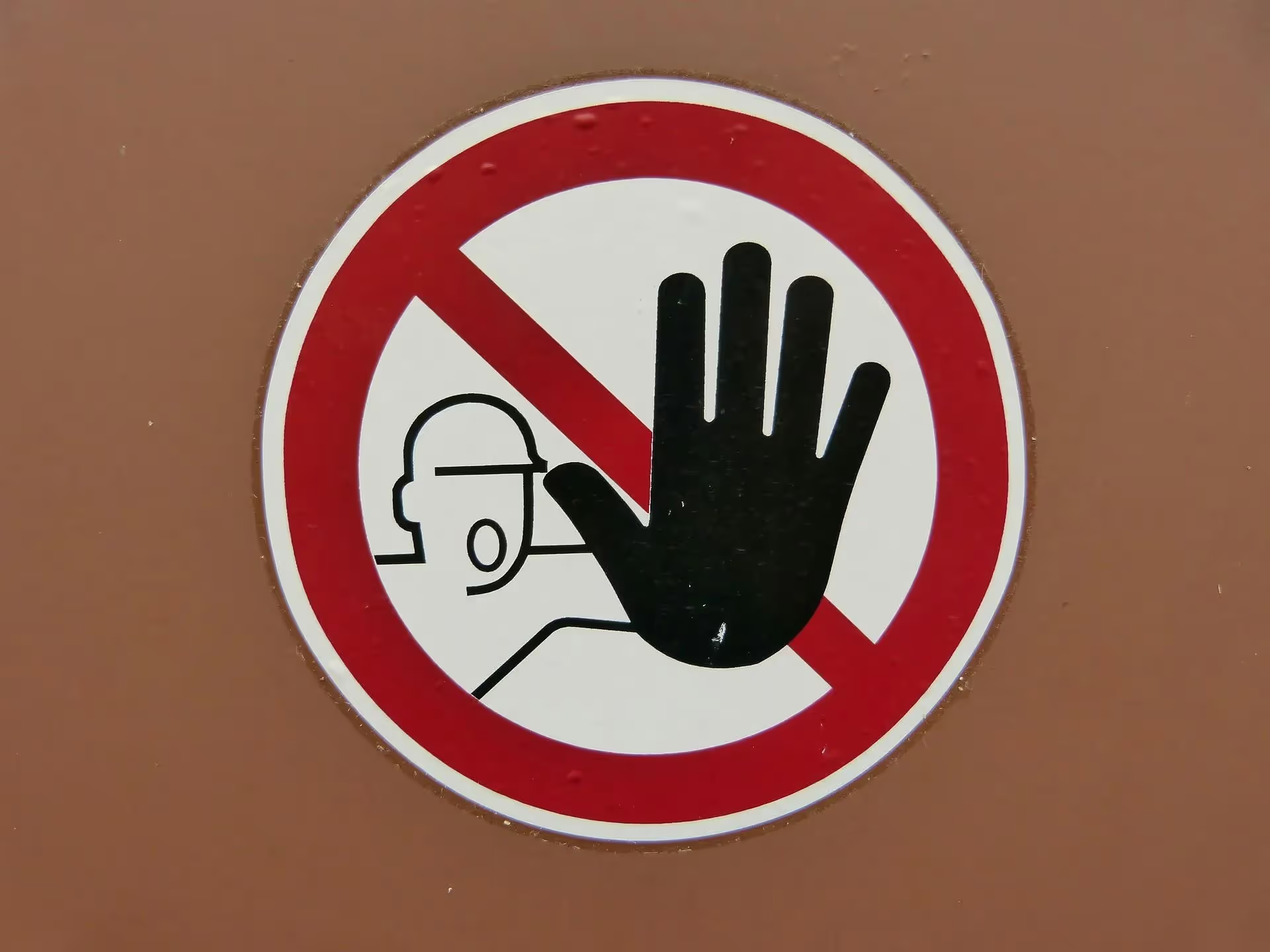Inspections and audits are essential to ensuring that your facilities are safe and operating effectively. The primary tool for both of these vital processes is the time-honored checklist — a pre-made list that guides the inspection or audit to ensure all the right tasks are completed.
However, too many organizations are still relying on pencil and paper checklists. Paper checklists are hard to manage, analyze, and locate in the future if necessary. They were once the only option, but now, widespread digital transformation has created a potent alternative.
Digital checklists are app-based and provide advanced capabilities that weren’t possible with paper — uploading media, real-time monitoring, and automated analysis.
Advanced features provided by digital checklists can help enhance several vital processes, such as safety inspections. Considering U.S. businesses collectively spend over $1 billion per week on non-fatal disabling injuries, improving workplace safety provides a substantial financial benefit.
It’s time to bring your inspections and audits into the future and add more utility to the devices your inspectors and auditors already have. Read on to learn more about how digital checklists can improve workplace safety, equipment maintenance scheduling, and operational efficiency.
What is the Purpose of a Checklist?
Modern manufacturing, warehousing, and transportation are complicated and multifaceted operations, so much so that professional inspectors need to develop a complete checklist to ensure that every aspect of the job is verified to a sufficient degree.
A checklist is exactly what it sounds like: a list of tasks that must be completed. Roles throughout several industries rely on checklists to guide workers through essential processes.
But it’s easy to run into efficiency problems with the traditional paper forms used in the past, such as:
- Manual management of all these documents takes up too much time and resources.
- The documents themselves are easy to damage or lose.
- Compiling all the data together to file a report is time intensive.
To cut down on costs and boost the accuracy of routine inspections, businesses are turning to digital checklist software en masse as part of their digital transformations.

What Does a Digital Checklist Entail Exactly?
Every company uses computers nowadays. But when it comes to digital checklists, we aren’t just talking about writing up a Microsoft Word document and printing it out. Instead, digital checklists are hosted on specialized software or mobile apps where they can be written, processed, analyzed, and published all within a digital environment, ensuring efficient and accurate quality control in industries ranging from healthcare to manufacturing. With the use of customizable checklists, organizations can tailor their digital checklists to their specific needs and requirements, making the process even more efficient and effective. This eliminates the need for paper records and bulky file cabinets, freeing up valuable office space for other equipment.
The practice of merely printing out checklist documents comes with various disadvantages that make it not much better than simply writing everything by hand. So let’s get into why the digital checklist is so revolutionary in modern manufacturing.
How Digitization Via a Digital Inspection Checklist Helps with Audits
The digitization of audit or inspection checklists benefits the business directly in the same ways digital transformation has impacted the business sphere.
By cutting down on manual, paper-based methods, you gain the efficiency and data security of electronic data processing and storage. The specific advantages for auditors in particular follow.
It’s Easier to Evolve a Digital Audit Checklist to Match Changing Requirements
Your manufacturing process is bound to change in the future as new product lines are introduced, and new requirements come up that call for fundamental changes in how the output is assembled.
One consequence is that auditing requirements themselves must reflect these changes. So, for example, on a paper document, inspectors would have to reprint new versions every time and ensure that everybody is on the same page.
But under a digital audit checklist, only one person needs to make the necessary changes, and everybody will instantly have the most up-to-date copy.
Multimedia Elements Further Elaborate on Inspection Findings
Many audits and inspections involve measuring tools and other empirical methods, but there are times when a simple visual inspection will be required. In those cases, having some reference pictures of what a process is supposed to look like can help immensely in the auditor's job.
Digital checklists allow you to embed images, videos, or audio into a checklist to enhance its descriptiveness and help with daily tasks. While you can include images on a paper checklist, the amount of room they would take up would be impractical, especially if you have a lot of visual information you want to convey. Digital methods don’t have this space constraint, making them the perfect tool for customizing and tailoring checklists to specific needs. Additionally, important information can be highlighted in a checklist using multimedia elements, such as images in JPG or PNG format, providing further elaboration on inspection findings and aiding in efficient audit processes. These checklists can also be easily saved or printed as a PDF, making them easily accessible for future reference or sharing with others. With the help of a digital checklist maker, creating and utilizing these simple drag and drop elements becomes even easier and more efficient.

Reporting and Analytics Features Make Digital Checklists Easier to Act On
Inspections are more than just a tool to prove legal compliance with government regulations; they also give insights into how your manufacturing operations are going. What’s working, and what needs improvement?
But to do so, you’ll need all the data in one place for easy analysis. Trying to analyze trends on paper or through a spreadsheet can be cumbersome and requires a lot of manual data entry, but app-based auditing software removes this administrative burden. Some services even offer instant data visualization and the automatic creation of graphs and charts for this purpose, making it easier to act on the data collected through the use of digital checklists on both iOS and Android platforms. These features also help ensure compliance with industry regulations by providing a comprehensive overview of data and allowing for easy tracking and reporting of specific tasks.
Best of all, everything is presented to you as soon as the final number is crunched. There’s no waiting time, resulting in faster corrective actions for detected problems.
Inspectors Can Work with More Flexibility
Top-tier inspection apps run on various devices, from smartphones to laptop computers and even tablets. As a result, completing tasks on the checklist with software is more manageable than carrying around a clipboard through the factory floor.
And thanks to the use of document templates, you can use the inspection data from previous periods to jump-start a new audit as quickly as possible.
The Overall Inspection Workflow Is Much Smoother
Think about what happens when an audit catches a potential concern. Many steps need to happen before a company can actually address the issue, and bureaucratic delays can be costly if the problem persists for too long without action.
- An auditor discovers an area of non-compliance in the manufacturing procedure and reports it on the inspection checklist.
- The checklist and an associated “to-do” list of things requiring attention must be printed off and presented to the relevant management parties to discuss corrective actions.
- Once a fix has been implemented, there needs to be a way to “check off” items on that to-do list so that it’s easy to keep track of what’s been amended and what still needs work.
Think about all the communication barriers that could come up at any point in that process if you used traditional safety checklists. Under a digital application, it’s easy to match up a concern found in an audit to corrective action. In addition, notifications can be used to tell the right parties immediately.
Everyone is on the same page since new activities are instantly reflected within the inspection platform.

Mobile Inspection App Will Let You Get More Out of Your Audits
Don’t just think of inspections as extra busy work that you have to do because of legal regulations. They can actually be a valuable resource for finding out how you can improve daily operations at a facility. Some inspections and audits also keep your people safe and can prevent costly accidents from occurring due to negligence or faulty equipment.
Only a quality audit platform can give you quality results and the powerful benefits discussed above, so take the time to find the right digital checklist app. monitorQA is an industry-recognized robust inspection platform provider that enables flexible and intuitive online checklists and analysis.
Ready to digitize your inspection and audit checklists? Put the right tools in your inspectors' and auditors' hands today with monitorQA. Book a demo here.

















